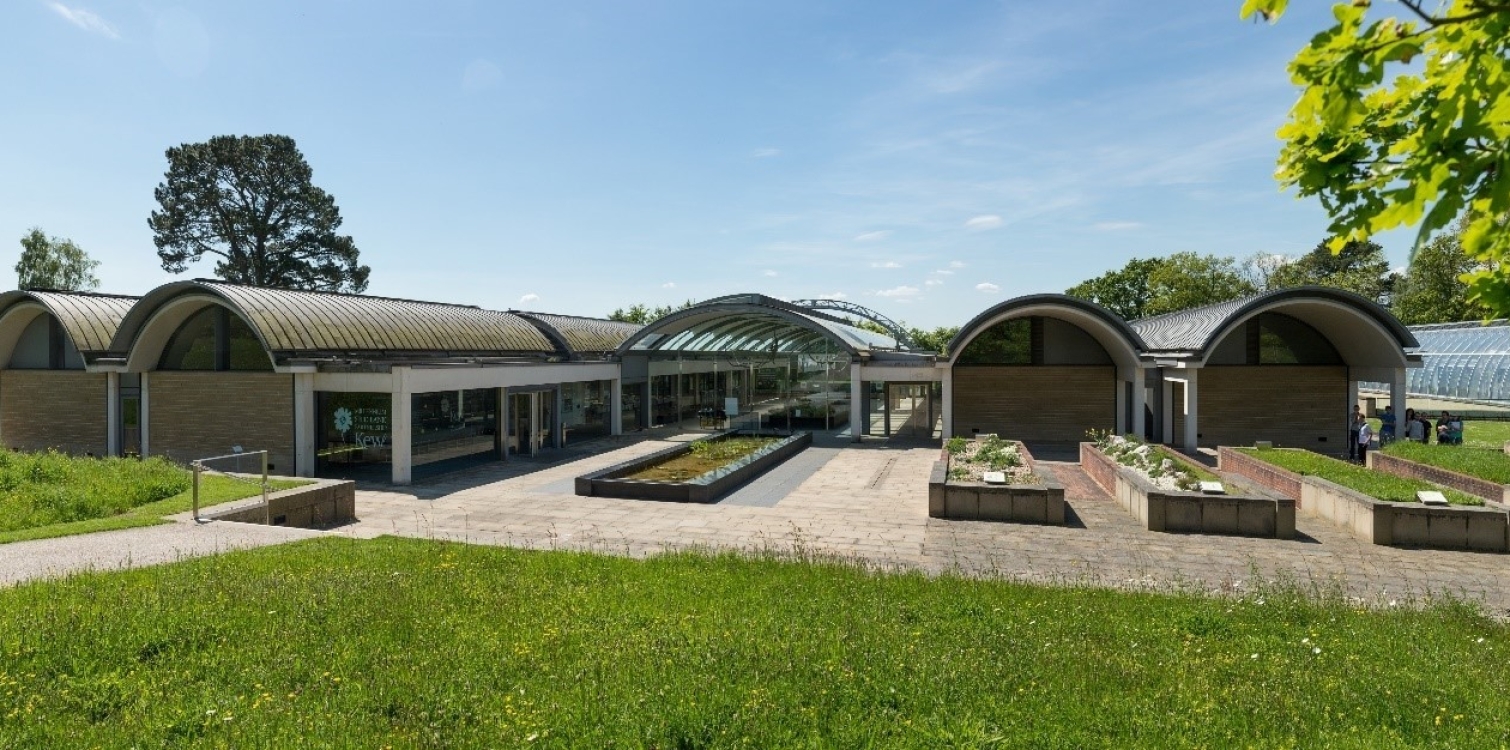There are around 1750 seed banks in the world.
There are around 1,750 seed banks in the world. The largest one was built in 2008 in Norway, on the Svalbard archipelago. This 120-meter-long bunker carved into rock and ice is designed to withstand catastrophic events, including asteroids and nuclear missiles.
The bank stores over a million packets, each containing 5,000 different seeds from around the world.
The seeds are stored at a temperature of -18°C and in these conditions they retain their germination for more than a hundred years.
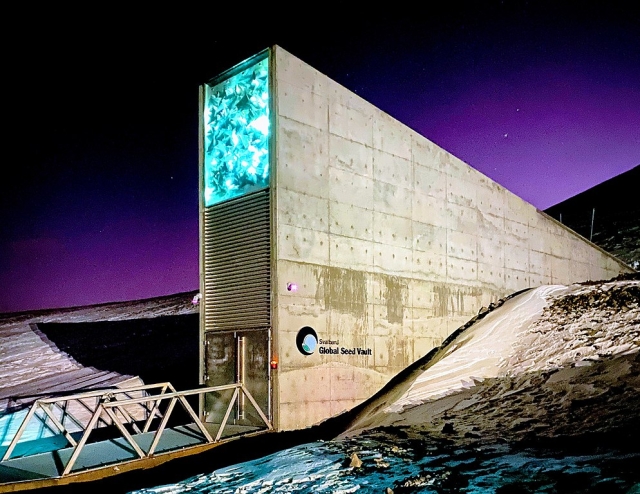
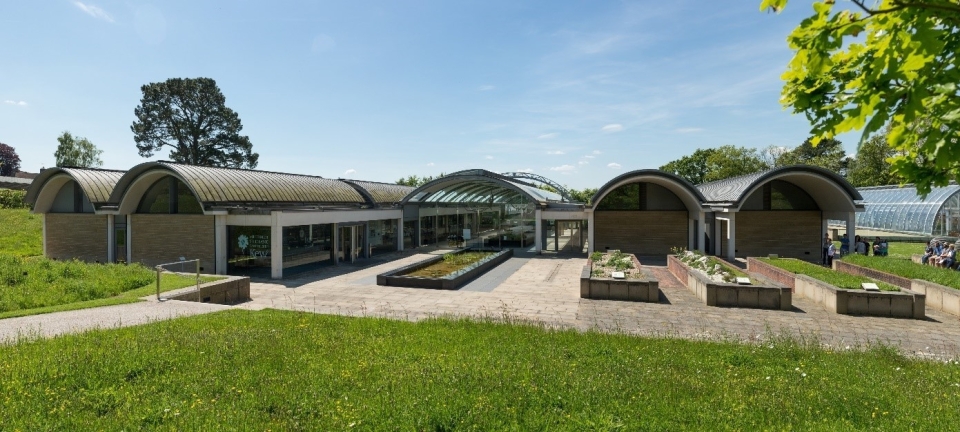
The largest seed bank of wild plants is the Millennium Seed Bank at Royal Kew Gardens in the United Kingdom, where seeds of 2.4 billion plants, belonging to 39,100 different species, are stored.
The seeds are kept at -20°C, protected from flooding, radioactive radiation, and bomb attacks.
This seed bank represents the most diverse genetic resource of wild plant species on Earth and is also referred to as the global insurance policy for the storage and preservation of seeds from common, rare, and endangered plants.
Do we have seed banks in Slovenia?
OF COURSE!
At the Agricultural Institute, the Hops Institute, the Biotechnical Faculty in Ljubljana - Department of Agronomy, and the Selective Experimental Centre Ptuj.
They store seeds of Slovenian autochthonous crop varieties and other types, such as medicinal and aromatic plants, hops, fruit species, and berries.
A smaller seed bank for wild plants is located in the Botanical Garden in Ljubljana, where they keep approximately 12,000 packets of seeds from around 3,000 plant species. The seeds are stored at -18°C and include over 20 percent of our native flora, including endemics and endangered plant species.
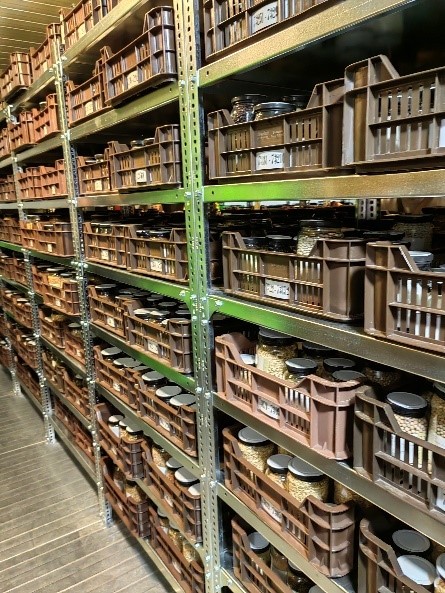
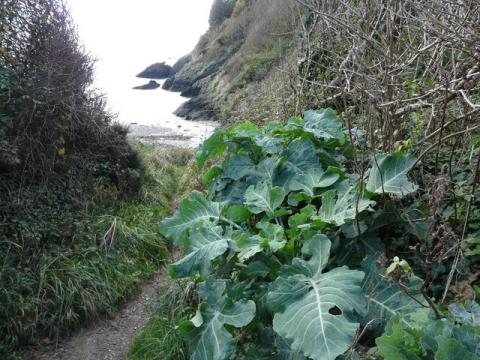
Cabbage, cauliflower, rutabaga, broccoli, kale and Brussels sprouts are actually all members of the same species, which botanists call Brassica oleracea.
The wild form from which humans have bred all these vegetables still grows along the shores of the Mediterranean Sea and the Atlantic Ocean.
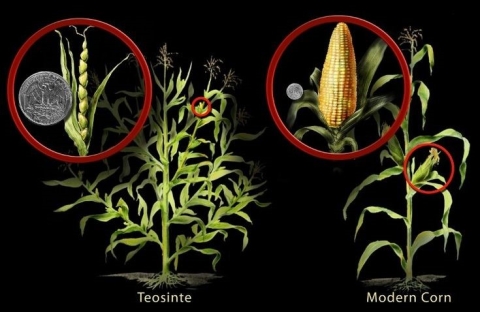
Maize evolved from its distant ancestor, a wild plant from the grass family – teosinte.
Through domestication and selection over millennia, humans have managed to adapt it to their needs, giving it larger cobs and larger, more edible grains.
DID YOU KNOW?
- A large number of varieties of different agricultural plants were developed through crossbreeding and selection during the time of the Roman Empire.
Thank you.

